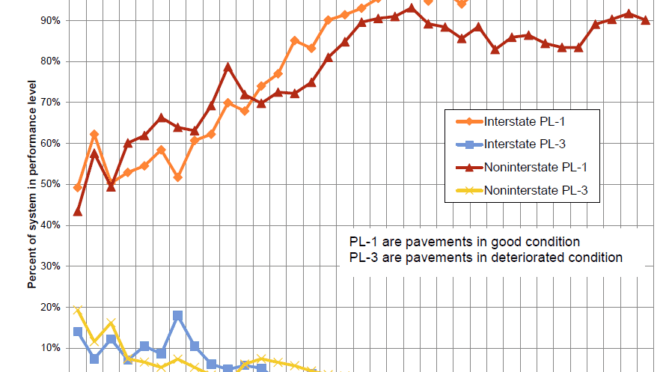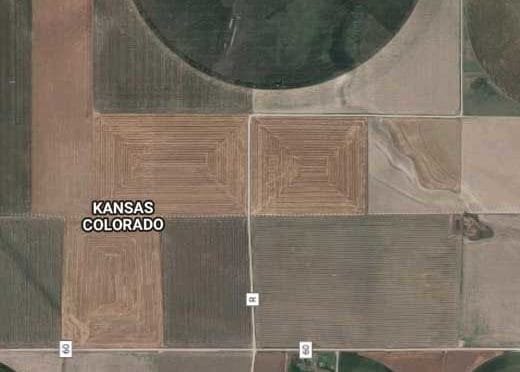The City of Wichita proposes to extend a baseball consulting contract without public explanation or discussion.
Wichita city leaders want a better baseball team, not to mention a new stadium. To help find a minor league baseball team, the city engaged a consultant last October. 1 That contract called for a spending limit of $50,000. 2
You may have noticed that there has not been an announcement of a team. It also appears that the $50,000 spending cap of the October contract has been reached (or nearly so). So next Tuesday the city council will consider spending (up to) another $50,000 with the same consultant. 3
Why the need for a contract extension? City documents explain: “Over the course of the past six months, Beacon has made successful inroads into the affiliated baseball community presenting the opportunities for MiLB and its teams. Due to the success in attracting the interest of affiliated baseball, staff believes it is imperative to further pursue affiliated baseball discussions with the assistance and expertise of Beacon Sports Capital Partners, LLC.”
I’m afraid I just don’t understand. The consultant’s effort has been successful, says the city, but yet there is no team. It’s really puzzling because last August Wichita Mayor Jeff Longwell was confident there would be an announcement before the end of 2017:
“By the end of this calendar year, we feel confident that we will be able to announce a team, who the team is, all of the above,” Longwell told The Eagle Tuesday afternoon. “We hope that we can complete all of those conversations by the end of this year and be able to announce a contract in place.” 4
That confidence was expressed before the engagement of the consultant in October.
Consent agenda, again
The city council will deal with this matter on its consent agenda. A consent agenda is a group of items — perhaps as many as two dozen or so — that are voted on in bulk with a single vote. An item on a consent agenda will be explained and discussed only if a council member requests the item to be “pulled.” If that is done, there will be discussion. Then the item might be withdrawn, delayed, voted on by itself, or folded back into the consent agenda with the other items.
“Pulling” an item is uncommon, as items on consent agendas are not controversial, at least according to the city’s reasoning. I suppose that applies to this item, as the first contract with this consultant was also handled on the consent agenda. And on March 27 the council authorized the spending of over $7 million on a consent agenda item. 5
—
Notes
- Weeks, Bob. A consultant to help Wichita’s confidence factor. Available at https://wichitaliberty.org/wichita-government/consultant-help-wichita-confidence-factor/. ↩
- “MiLB Baseball Consultant Contract.” Wichita City Council Agenda packet for October 24, 2017. Available at http://www.wichita.gov/Council/Agendas/10-24-2017%20City%20Council%20Agenda%20Packet.pdf. ↩
- “MiLB Baseball Consultant Contract Amendment.” Wichita City Council Agenda packet for April 10, 2018. Agenda Report No. II-15. Available at <a href=”http://www.wichita.gov/Council/Agendas/04-10-2018%20City%20Council%20Agenda%20Packet.pdf. ↩
- Salazar, Daniel. Expect affiliated baseball team announcement by end of 2017, Wichita mayor says. Wichita Eagle, August 29, 2017. Available at http://www.kansas.com/news/local/article170095417.html. ↩
- Weeks, Bob. In Wichita, spending semi-secret. Available at https://wichitaliberty.org/wichita-government/wichita-spending-semi-secret/. ↩























